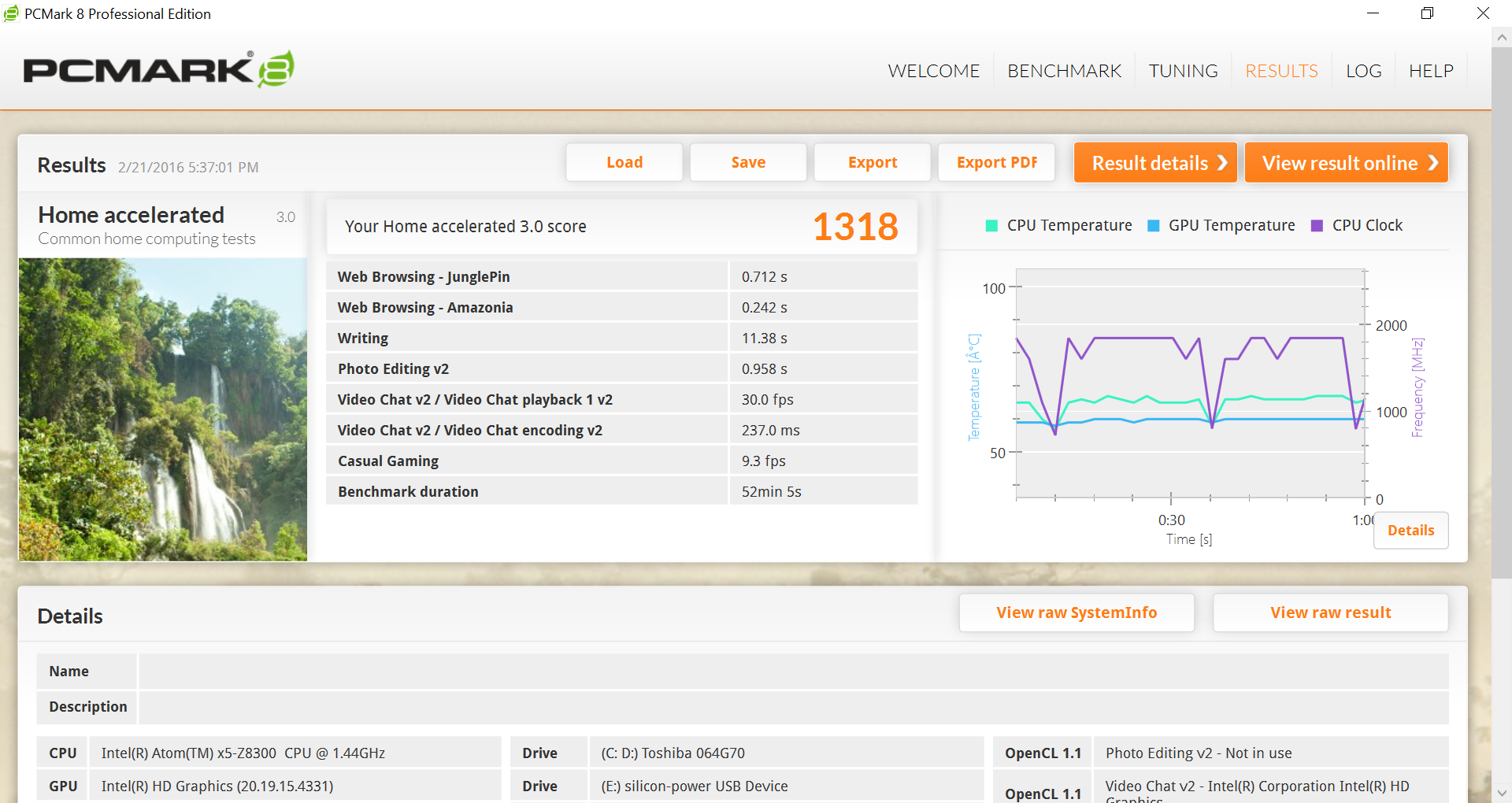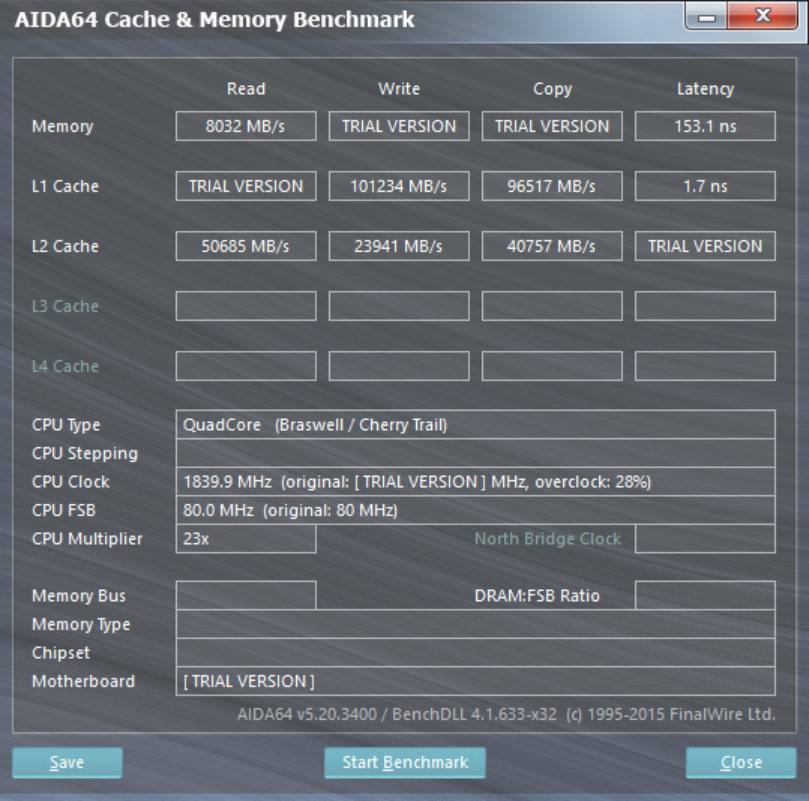Index
Review: 14nm silicon makes a big difference
A year ago we had a chance to test a couple of Beelink micro PCs, including a stick PC, and we were pleasantly surprised; not only by the performance offered by Intel’s venerable 22nm Bay Trail processors, but by the build quality of these diminutive PCs.
What’s changed since then? Well, Bay Trail has been phased out in favour of Cherry Trail Atoms, but the rest of the spec hasn’t undergone any revolutionary changes. In any case, the spec should be ok for most people: Intel Atom x5-Z8300, 2GB of RAM and 64GB of eMMC storage.
You also get Windows 10, USB 3.0, Bluetooth 4.0 and integrated 802.11n wireless, along with a few other goodies.

Sounds nice, but there’s a price to pay for the latest Intel silicon – the Beelink BT3 is priced at $145, making it about 30% more expensive than similar devices based on Bay Trail processors. Is the premium worth it? It depends on your priorities, but since the overall price is relatively low anyway, it probably is.
Let’s take a closer look.
Design and Build Quality
Unlike last year’s Beelink mini PC line-up, the BT3 does not feature a very compact chassis.
At 120x120x24mm, it’s roughly on a par with Intel’s NUC form factor. Beelink even describes it as an “Intel NUC” device in some marketing materials, but this device is not compatible with NUC components. While it is a NUC-like form factor, you can’t swap out the motherboard for an Intel NUC board, and the power brick wouldn’t suffice, either.

Even the retail box looks Intellish, resembling Intel’s NUC retail boxes. Luckily, apart from that minor marketing faux pas, there’s not much to complain about.
The design is minimal and looks quite serious, perhaps even too serious. The top is adorned by an oversized Beelink logo, which could have been a bit smaller, but it’s not too bad.

No, it’s not aluminium, the whole thing is plastic, but keep in mind that there’s good and bad plastic. In this case, it’s very good plastic. The rubber feet feel sturdy and the overall finish is good, even at the bottom.

While this is a passively cooled computer, it still needs a bit of airflow, hence the vents.
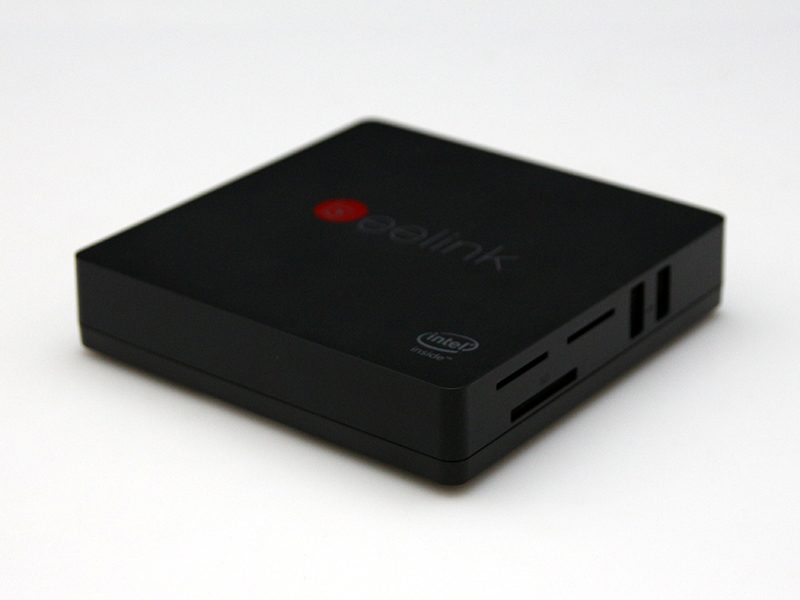
Let’s just hope Apple doesn’t sue Beelink for using its patented “round rectangle” for its mini PC. The designers didn’t mess around with the shape, but they did choose two use two different finishes on the chassis – a matte and polished one. Both look and feel good, and here’s why they feel right: the device weighs 250g. As a result, the chassis feels sturdy and the plastic is thick. Of course, you can’t expect miracles given the price, but this is pretty much as good as it gets in this segment.
The layout is nice and there's not much to complain about.

The most important stuff is at the back: Power button, DC power in, USB 3.0, HDMI, LAN and audio port.

The front? Nothing to report here, just a black slab. It's minimal and it works.

The same goes for the left side, but on the right you'll find the SD card reader (proper SD, not microSD), flanked by a couple of USB 2.0 ports and cooling vents.

Brand recognition, or lack of it, could be a problem. Confronted with the prospect of ordering a small-brand PC from Asia, a lot of people are likely to express doubts about the build quality.
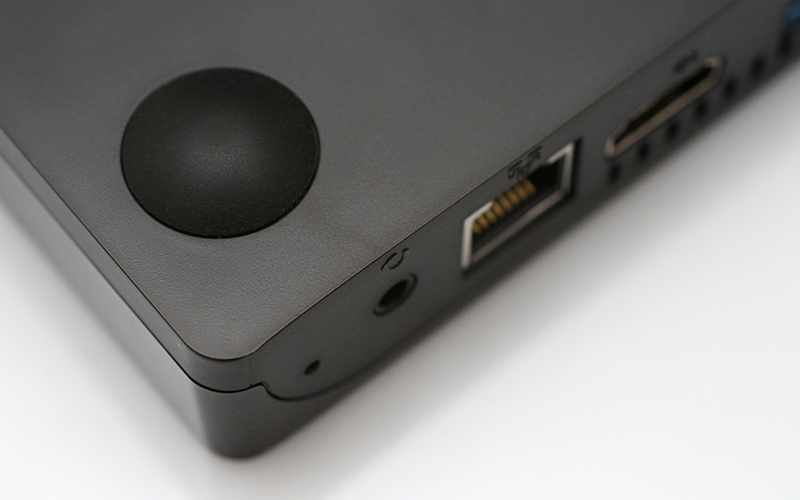
Fortunately, there’s nothing to worry about. This is a rock-solid device, and even big brands wouldn’t have a problem with shipping something like this toy. In any case, the new Beelink Cherry Trail box won’t take your breath away in terms of sheer design, but it won’t disappoint you either.

The really interesting stuff is under the bonnet.
Beelink BT3 Specs and Performance
Cherry Trail this, Cherry Trail that, why do we keep going on about Intel’s new 14nm Atoms? Because they’re good, that’s why.
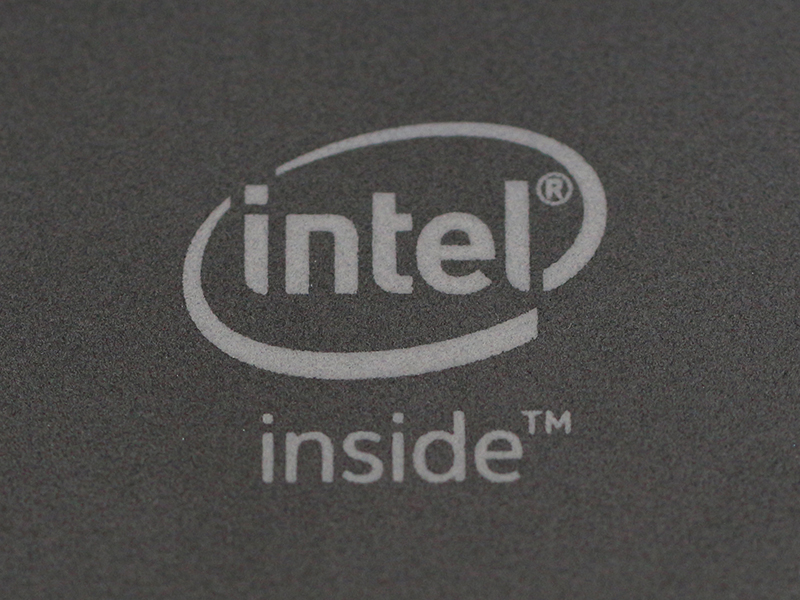
The Intel Atom x5-Z8300 is the slowest quad-core Cherry Trail tablet part on the market, but it manages to match or beat high-end Bay Trail chips in benchmarks.
It’s all made possible by Intel’s foundry lead. Cherry Trail is essentially a die-shrink of Bay Trail, the CPU cores (Airmont) are almost identical, apart from the manufacturing process. It also means we should experience superior efficiency and higher clocks. The x5-Z8300 runs at 1.44GHz, but it can hit 1.83GHz on Turbo.
This means there’s a lot more die area to play around with, so Intel used it to bump up GPU performance, and when we say bump up, we mean it.
Bay Trail relied on Ivy Bridge (Gen7) graphics, but Cherry Trail features a new Gen 8 GPU, based on the same architecture employed in Broadwell processors. In addition, Bay Trail had enough room for 4 Execution Units (EUs), but thanks to the new node, Cherry Trail ships with 12 to 16 EUs. This particular model has 12 EUs, clocked at 200MHz to 500MHz. Needless to say, Cherry Trail can wipe the floor with Bay Trail in terms of GPU performance.
It’s not just performance. The new Gen8 GPU offers more features and supports more standards, such as 4K/h.265 video acceleration and DirectX 11.2 support. The GPU supports up to two displays.
In spite of the vastly bigger GPU and somewhat faster CPU, the new 14nm node still manages to ensure exceptional efficiency. The official SDP of this processor is 2W. Since the new process allowed Intel to cram more transistors on the same die area, the GPU was bumped up from 4 execution units (EUs) to 12 or 16 EUs, depending on the SKU. Atom x5 parts sport 12 EUs, while x7 processors have 16 EUs. This particular SKU, the Atom x5-Z8300, features four CPU cores and 12 EUs. The CPU is clocked at 1.44GHz to 1.84GHz, while the GPU runs at 200MHz to 500MHz. Despite the spec bump, the 14nm node allowed Intel to keep thermals in check, and the official SDP is just 2W.
You only get 2GB of RAM, but given the price and target audience, this is not a deal breaker. As for storage, it’s average, maybe a bit better than just average, but it’s still eMMC 4.5x. Our only gripe with the 64GB drive has nothing to do with the hardware. It comes divided into two partitions, which we found rather pointless.
Before we check out some bench results, let’s list the specs.
Tronsmart Ara X5 Specifications:
- Processor: Intel Atom x5-Z8300 quad-core, 1.44GHz base, 1.84GHz Turbo, 14nm
- Graphics: Intel HD Graphics Gen8, 200MHz base, 500MHz burst
- RAM: 2GB DDR3L
- Storage: 64GB eMMC, 40GB and 20GB partitions, expandable via full-size SD card
- Wireless: dual-band 802.11b/g/n, Bluetooth 4.0
- Dimensions: 120x120x24mm
- Weight: 450g
- Ports: 2 x USB 2.0, 1x USB 3.0, HDMI, 3.5mm audio, 1000Mbps RJ45, DC in (proprietary 5V 3A)
In 3D mark, the system scored 17478. Note that the processor was not properly recognised. We also experienced a performance drop when the box automatically updated the Intel display driver.
The PC Mark Home accelerated score was 1318. This is an average score for this type of system, but it also reveals that the Beelink BT3 does not throttle much.
The detailed graph gives us a better overview of the temperatures. In CPU-bound tasks, the processor heats up to about 70 degrees Celsius. However, when the GPU is pushed to its limits, the temperature goes up by another 10C. This is not something we'd usually see on Bay Trail processors, which featured a much smaller GPU. Both figures are quite good, and the system cools down in minutes. One reason for this is Beelink's decision to use a copper heatsink. Most micro-PCs feature cheaper aluminium heatsinks.
Memory performance was average, nothing to add here. Would we like to see 4GB of RAM instead of 2GB? Sure, but that would drive the price up, and possibly force OEMs to use pricier Cherry Trail SKUs. Considering potential use-cases for these systems, 2GB should be enough.
So far so good, but CPU and memory tests don't really reveal a lot with these systems. The basic hardware configuration is nearly identical, and the biggest performance difference is to be found in storage tests.
HD Tune reveals the eMMC drive is relatively fast, but the bench experienced a couple of performance drops to just a few megabytes per second. This is not something you should get too concerned about, as we often see similar results with other eMMC drives, and we didn't experience any slowdowns in real life applications. The maximum and average speeds are quite good.
CrystalMark did not pick up these strange performance drops, and the results are above average across the board.
Setup and Everyday Use
Mini PCs are supposed to be as simple to install as possible, and the Beelink BT3 is no exception. Plug it in, and you’re good to go.

The compact size of the chassis, and the fact that it’s passively cooled, make the BT3 a nice choice for a lot of potential applications, from living rooms to certain types of small businesses.

There’s not much to complain about, but we did run into a few issues. For starters, the Intel GPU driver is cranky. The original one delivered quite good results, but as soon as the system updated to a new version, GPU performance fell off a cliff. It’s still not bad, but it’s not as good as it used to be. We can only hope that future driver updates will rectify the issue.
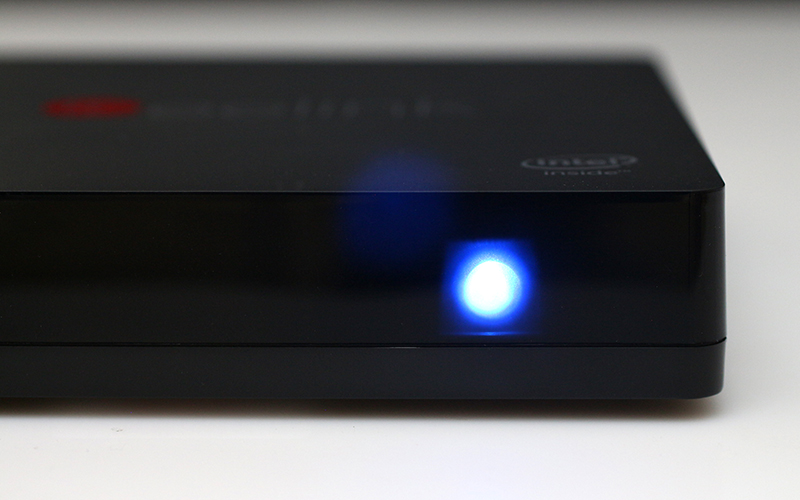
Another pet peeve of ours involves the bright status LED. It looks good from afar, during the day. However, if you want an HTPC system that will stream movies, the powerful LED could annoy you. It can be masked, but it really needs to be a lot more subtle.
Other than these minor nuisances, we did not encounter any serious issue.
The system is stable, silent and energy efficient. Wireless and Bluetooth connectivity works as advertised, which is not always the case with cheap Intel boxes.

The BT3 features a full-size SD card reader, which is not something we see often nowadays. The form factor is not what matters here, it’s the speed, and the SD card reader is very fast indeed. This is great news because it will allow you to repurpose old SD cards for extra storage, or to get new high-speed card and enjoy excellent performance.
Conclusion
We already said Cherry Trail feels like Bay Trail done right, but that’s not fair to Intel. Bay Trail was as good as it gets at 22nm, as far as cheap tablet x86 chips go. At 14nm, Intel had a lot of extra room to bump up the GPU, which it did. Overall, Cherry Trail is hands down the best low-energy x86 platform for mass market applications.
As for the Beelink BT3, we can recommend it. We tried out a couple of the company’s Bay Trail systems last year and were impressed by the build quality and value for money. The BT3 is a tad bigger than these micro PCs, but it has better hardware, a copper heatsink for superior sustained performance, more storage and more expansion options.
We didn’t like the fact that the 64GB drive ships split into two partitions for no obvious reason, and we feel a single partition would be a better choice for most consumers. Other than that, and the “NUC” marketing talk, there’s nothing to complain about.
At $145 with free shipping via GearBest, the Beelink BT3 is not the cheapest Atom mini PC out there, but the premium is worth it if you want the latest Intel silicon and a bit more storage than usual (don’t forget about the fast SD card reader).
Bottom line: This is one of the best small brand mini PCs we had a chance to try out so far.
Beelink BT3 Pros and Cons
Pros:
- Performance
- Build quality
- Fast, full-size SD card reader
- Thermals/copper heatsink
Cons:
- Partitioned storage out of the box
- Issues with latest Intel Graphics driver update



